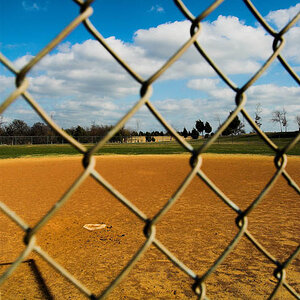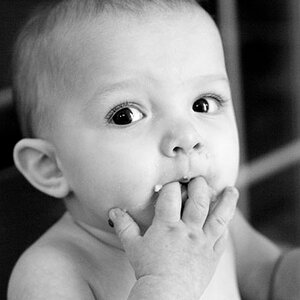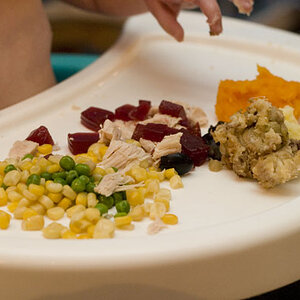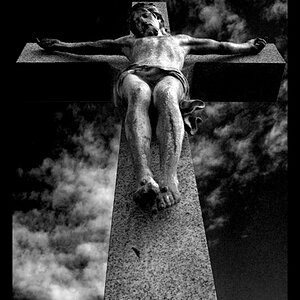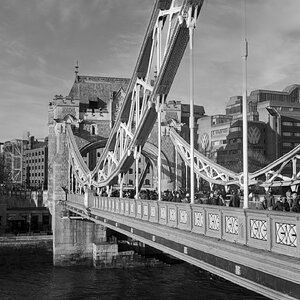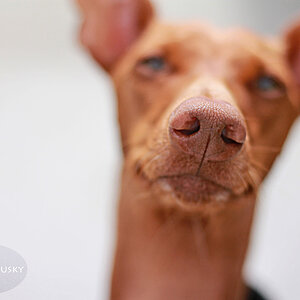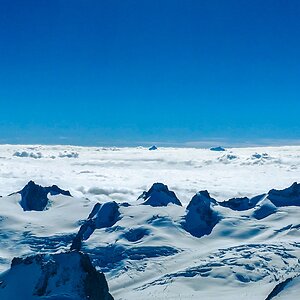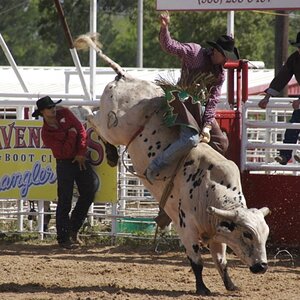Mamarazzi514
TPF Noob!
- Joined
- Nov 8, 2011
- Messages
- 28
- Reaction score
- 0
Ok please I really dont want this to be a discussion on how the "zone system is only for film photography or BW photography" because it can be used for digital photography and color as well. So now that is out of the way :] does anyone use zone system for outdoor portraits? I am reading more and more about the zone system but it people always seem to apply it to landscape photography. In a scene we are suppose to meter the average tones or middle grey and check the highlights but what if we are shooting portraits or families? I'm guessing we are suppose to meter off the faces or skin? generally +1 for light skin, -1 for dark skin? But then what about the scene? Will the scene be properly exposed? If I matrix metered or at least center weighted metered instead of spot metered will I get better results for the whole scene?


